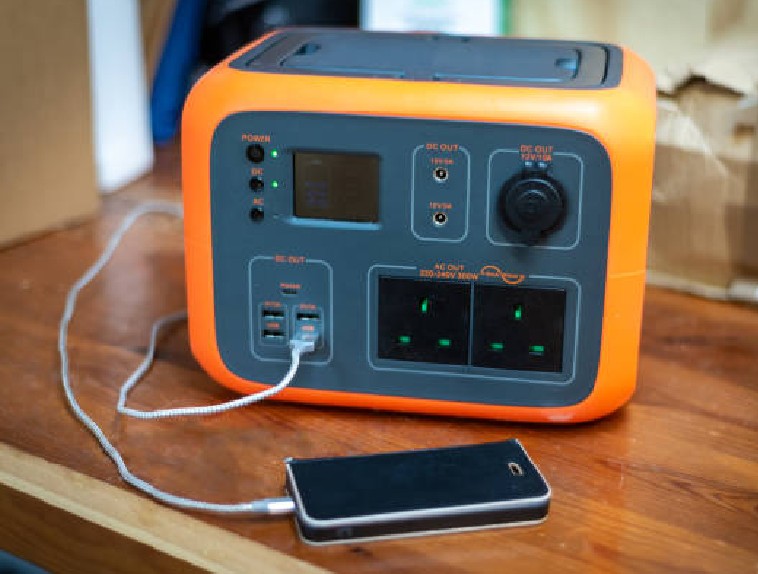Question: Electrode insulator boots and neon lighting
Are Listed wet location polymeric electrode insulator boots for neon lighting Listed for use with any type of GTO cable sleeving or integrally sleeved GTO cable?
Answer
There is one manufacturer that has a UL Listing for a wet location on their boots and it is only acceptable for use with GTO cable sleeving by that same manufacturer. Only the specific combinations identified in the instructions for a Listed polymeric electrode insulator boot have been found suitable for use in wet locations. You should always ask for and refer to the installation instructions provided with the Listed product for the proper component correlation.
Combinations, such as the use of the boot of one manufacturer in combination with the GTO sleeving of another manufacturer have not been evaluated by UL. Also, UL has not evaluated any boots in combination with integrally sleeved GTO cable for use in wet locations.
Question: AFCI indicator
Now that arc-fault circuit interrupters (AFCIs) are required by the NEC, are there any UL Listed AFCI indicators?
Answer
There are presently a number of Listings of AFCI indicators. These devices provide an indication if a selected receptacle is protected by an AFCI. Note that the only accepted method for testing an AFCI is to depress the “test” button provided as an integral part of the AFCI itself. AFCI testers are provided with instructions that state the proper way to “test” an AFCI. AFCI indicators are Listed under the product category Outlet Circuit Testers (QCYU); the guide information for this category is located on page 83 of the 2002 White Book.
Question: Raintight fittings in wet locations
Does UL List any “raintight” compression type EMT fittings for use in wet locations?
Answer
UL offers Listing service for “raintight” compression type EMT fittings under the product category Electrical Metallic Tubing (EMT) Fittings (FKAV) located on page 31 of the 2002 General Information Directory for Electrical Equipment (White Book).
However, UL recently conducted a study to determine the reliability of “raintight” compression fittings to consistently comply with the wet location test criteria. Based on the results of the study, UL initiated a more stringent follow-up test program to assure these products consistently exclude water to maintain their “raintight” marking.
Effective March 2002, manufacturers of UL Listed “raintight” compression type EMT fittings were required to comply with the more stringent follow-up test requirements.
If the manufacturers of these fittings did not comply with the new requirements, they were no longer authorized to mark their UL Listed fittings with the “Raintight” marking. Currently (April 2003), no manufacturer is authorized to mark their Listed compression type EMT fittings with the “Raintight” marking. UL is prepared to certify products that comply with UL’s requirements. The availability of “raintight” fittings may change as manufacturers redesign their fittings to comply with UL’s new follow-up “raintight” testing. It is imperative to always look for the proper marking on the product and container. If the product is not marked with the UL Listing Mark and the container is not marked “Raintight,” then the fittings have not been Listed for raintight applications.
Question: Doorjamb switches and outlet boxes
Are the boxes that come with Doorjamb Switches considered outlet boxes?
Answer
Boxes with doorjamb switches are not considered to be outlet boxes.
Doorjamb switches are Listed as an assembly consisting of a small switch, special switch box and cover plate. The special switch box is not an outlet box. It is only intended to terminate the switch leads to the branch circuit. It is not intended for any other type of field wiring.
The special switch box provided with the door switch is considerably smaller than a device or outlet box due to the narrow width of a doorjamb because it is only intended to accommodate the small switch leads connection to the branch circuit. The special switch box is not sized to accommodate a standard wiring device such as a regular snap switch, receptacle or dimmer and it is not sized for potentia l feed-through circuit conductors, as is an outlet box.
The ampere or wattage rating of a Listed door switch is sized for a small lighting load, considerably less than the branch circuit rating. Therefore the heat generated by the door switch and current-carrying conductors will be nominal, compared to that of a fully loaded 15- or 20-A receptacle installed in an outlet box.
Listed door switches are marked with the Listee’s name or trademark and electrical rating in a location where readily visible after installation. An AC only door switch, if rated in wattage, is marked “For use with incandescent lighting only” where visible after installation. Presently, there is one Listing of a 120-volt door switch.
Door Switches are Listed under the product category Door Switches (WLFV). To locate Listings of Door Switches, look in the 2002 UL Electrical Construction Equipment Directory (Green Book) on page 638. Listings of Door Switches can also be accessed on UL’s Online Certification Directory atwww.ul.com/database. Just click on the UL Category Code/Guide Information search and enter the category code WLFV.










Find Us on Socials